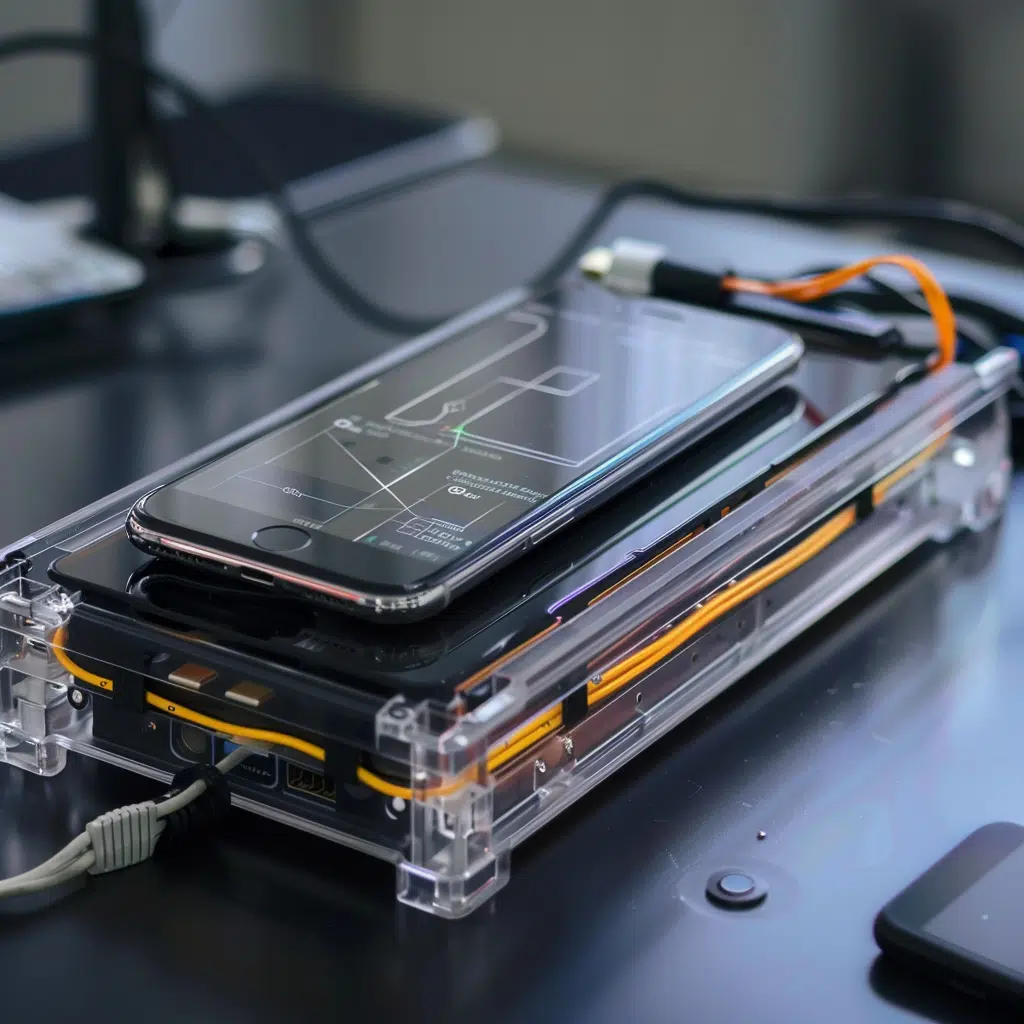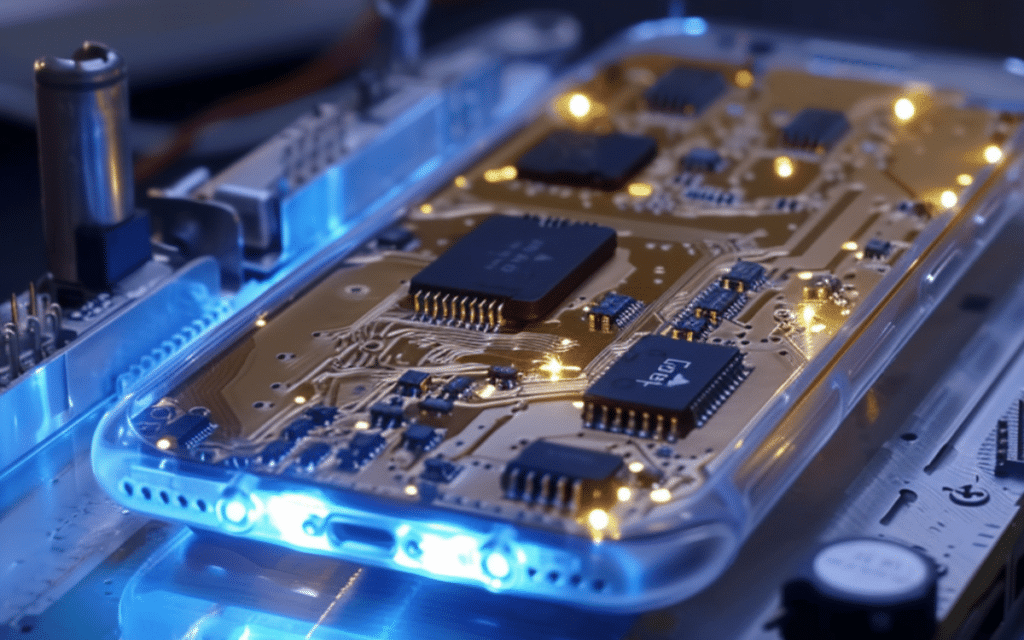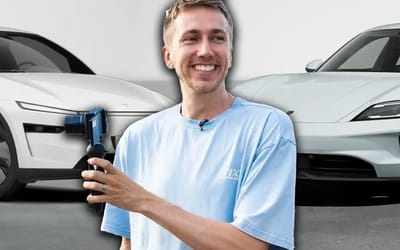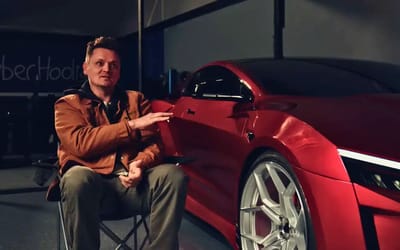Researchers developing supercapacitor that could fully charge an iPhone in just 60 seconds
- Researchers claim to have ‘found the missing link’ for electric charging
- They’ve developed a supercapacitor that can charge an iPhone in a mere 60 seconds
- It could also juice up an EV in just 10 minutes
Published on Jun 03, 2024 at 6:28 PM (UTC+4)
by Amelia Jean Hershman-Jones
Last updated on Jun 04, 2024 at 4:18 PM (UTC+4)
Edited by
Tom Wood
Researchers claim to have ‘found the missing link’ as they pave the way for a supercapacitor that can charge an iPhone in a mere 60 seconds.
Per the engineers behind the discovery, it could charge a laptop in the same timeframe.
And, on a bigger scale, it could charge an electric vehicle (EV) in only ten minutes.
READ MORE! New Nothing budget phone with a two-day battery life set to rival Apple
As if that weren’t enough, per engineer and lead author of the study, Ankur Gupta, these supercapacitors store as much as ten times more energy than regular batteries.
Until now, this groundbreaking technology was known to be possible but had not yet been mastered.
Supercapacitors were known to charge electronics lightning-fast.
However, figuring out how to increase the energy density to match or exceed those of lithium-ion batteries eluded both the scientific and engineering community.
The findings of the chemical and biological engineers at the University of Colorado at Boulder were published in the journal Proceedings of the National Academy of Sciences.
They explained that it all comes down to the way charged ion particles behave.

This is key to the long-anticipated energy storage capabilities of supercapacitors, in an update to Kirchoff’s Law.
Kirchoff’s Law is the defining principle in electrical current theory, dictating that voltage must move in specific loops.
“The primary appeal of supercapacitors lies in their speed,” read a press release from the university.
“So how can we make their charging and release of energy faster? By the more efficient movement of ions.”
The team noticed that ions moved differently through porous environments, like those inside a supercapacitor.
This is the exception to the rule of Kirchoff’s Law.
One that could revolutionize the storage capacity of the technology.

“That’s the leap of the work,” Gupta said.
“We found the missing link.”
He explained that this could potentially have massive implications for ‘the future of the planet’.
Further research needs to be done before their findings can be worked into next-gen energy storage devices
This echoes the previous 2016 research from the University of Central Florida.
Their flexible supercapacitor could fully charge an iPhone in just 60 seconds utilizing advanced two-dimensional materials wrapped around nanometer-thick wires.

This allowed them to achieve high energy and power densities and subsequently enabled rapid charging and discharging cycles.
The best part? Forget batteries failing over time – these devices are able to be juiced up to 30,000 times without degradation.
iPhone battery letting you down? This revolutionary iPhone charging feature few know about could save your device.
What’s more, these simple adjustments to your iPhone settings have been found to significantly improve battery life.
This far surpasses the longevity of traditional lithium-ion batteries which tap out at around 1,500 power charge cycles.
With the future of charging in mind, Japanese car makers have confirmed they’re all working on next-gen combustion engines.
Some of the images in this article were created using AI.
DISCOVER SBX CARS: The global premium car auction platform powered by Supercar Blondie

London-based Amelia cut her journalistic teeth covering all things lifestyle, wellness, and luxury in the UK capital. Fast-forward a decade and the senior content writer and editor has put pen to paper for glossy magazines, busy newsrooms, and coveted brands. When her OOO is on from writing about cars and heading up on-site SEO you can find her spending quality time with her young family, in the gym, or exploring the city she loves.




